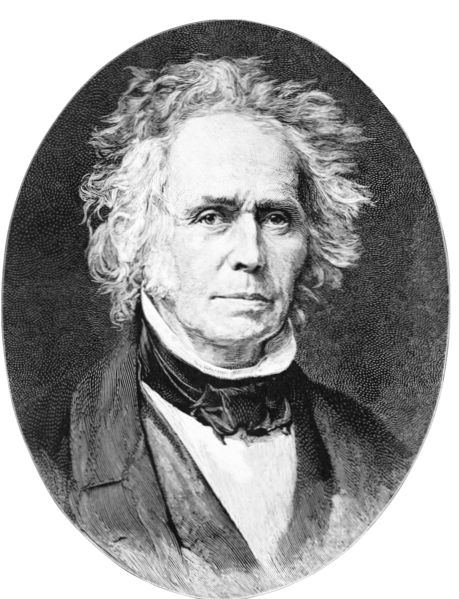Davis, William M. (1850–1934)
WILLIAM DAVIS WAS among the leading geographers of the early part of the 20th century. Today, Davis might be more narrowly considered a geomorphologist based on his major research interests. But in his time, Davis enjoyed considerable influence over the direction and conduct of geographical science, in the UNITED STATES and in Europe.
Born to a prominent Philadelphia family—his maternal grandmother was the noted abolitionist Lucretia Mott—Davis was educated at the Lawrence Scientific School, Harvard University, in the 1860s, where he earned a baccalaureate degree and a masters degree from the short-lived school of mining engineering. Following a brief postgraduate period of world travel and employment at an observatory in the southern hemisphere, Davis began to teach at Harvard as an assistant to Nathaniel Southgate Shaler. In spite of an inauspicious start as an academic geologist and geographer, Davis mastered several scientific disciplines (meteorology, geology, and geography) and advanced at Harvard largely through attention to his publications and reputation. He held visiting positions abroad, most notably at the University of Berlin, and retired from an endowed chair at Harvard in 1912. Even so, Davis remained active in science well into the 1930s and with Ellsworth Huntington participated in several explorations, including those to the Pamirs and the Pumpelly Expeditions.

Although his contributions to science were many, Davis is best known for his “geographical cycle,” or “cycle of erosion,” a sweeping theory devised to explain all geomorphological phenomena by means of a method he called “genetic description.”
According to the geographical cycle, all landforms will be reduced, through erosion, to peneplains, or near plains. To account for the observation that few landforms are peneplains, Davis argued that observed landforms may be explained by the processes that formed and continue to form them, by the structure of the underlying soil and rock, and by the stage in the advancement toward peneplanation that is observed in the present. Differing conditions of process, structure, and stage, Davis argued, can account for all observed variations in landforms.
The description of a landform according to these three criteria yielded a “genetic description,” a description that—because it accounted for the geographical genesis of the observed landform—also provided an explanation. In addition, Davis believed that variations in observed landforms were sufficiently few in number that they could be organized into a complete typology of ideal types.
The cycle of erosion had an American flavor to it in that it synthesized empirical work pursued, primarily, by geologists of the U.S. Geographical Survey in the late nineteenth-century, among whom the best known are John Wesley Powell and Grove Karl Gilbert. At the height of his career, Davis's primary interest was that European geographers, particularly leading German geographers, adopt the cycle of erosion. This was a campaign in which he was not altogether successful.
Davis was, by all accounts, an ambitious scientist. Moreover, his career coincided with the rise of doctoral programs in the sciences at American universities, and with the organization of American science into increasingly specialized disciplines and subdisciplines through scientific associations. He was a major participant in the creation of more than a dozen associations and served as president of both the Geological Society of America and the American Association of Geographers. His papers were published in the earliest volumes of a variety of journals, including National Geographic magazine, which he later abandoned when the journal veered from its initial intention to publish original research. At professional meetings and scientific conferences, Davis was well known for insisting upon high standards of research; his interventions in sessions occasionally bordered on bullying.
Following his death, Davis's lingering influence on geography appeared to dwindle substantially, though interest in “Davisian” geomorphology reemerged by the 1980s. In one area, however, Davis's impact on geomorphology and in geology has been substantial and unabated. This influence is in the use of block diagrams and other diagrammatic techniques to present and summarize empirical research and scientific theory. Davis was, and remains, the undisputed master of the block diagram.